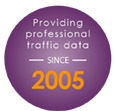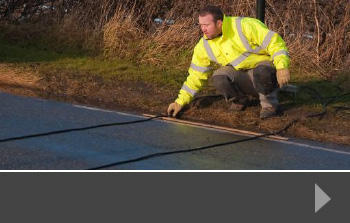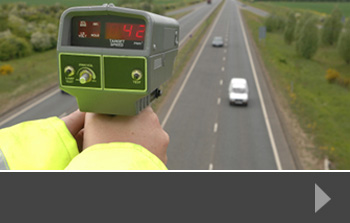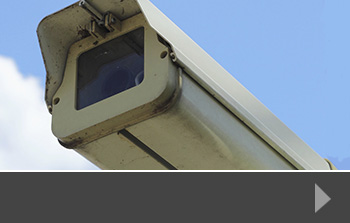What impact will recent HS2 rail announcement have on traffic?
Last week’s government announcement about the change to the eastern leg of HS2 and Northern Powerhouse Rail may have a knock-on effect on road traffic in the affected regions. Original plans were for a high-speed line between Birmingham and Leeds, connecting the north east with HS1, whilst the Northern Powerhouse Rail was intended to be a direct high-speed line between Manchester and Leeds via Bradford – which is currently the largest UK city not connected to mainline rail.
Managing current traffic
Surveys show that, now people are travelling more, traffic levels are rising and congestion is still a problem on many routes in the areas where high speed rail may have made a difference. For people commuting from Leeds or Liverpool to work in Manchester, for example, trains are too slow, irregular or crowded, forcing many to choose to take their cars instead. This has a knock-on effect on air pollution, general emissions and road safety, and puts considerable strain on parking availability in cities that are determined to reduce the amount of road traffic coming into their central areas.
For Leeds, a city that was expecting to benefit from better rail connections, and which launched a Clean Air Zone in 2020 that made a significant difference to the air quality in the city, the government has suggested it will fund a tram system, similar to those in Manchester, Sheffield and Nottingham. However, whilst this will support local travel and potentially help to reduce traffic coming into Leeds city centre, it doesn’t address the issues of trans-Pennine travel, and so commuters from outside the tram zone will still need to look for other ways to get into the city.
Potential traffic effects
Cities are working hard to reduce traffic, encourage public transport, walking and cycling and generally improve transport options for people living and working in their areas. Continuing to run traffic surveys on the busiest routes in the region now affected by a potential reduction in the rail service will allow developers and planners to see what, if any effect the new plans will have on road traffic and how they can mitigate the potential risks to environment and air quality.
Traffic surveys from Road Data Services
We work with local authorities, developers and researchers, producing accurate traffic, parking and journey time data that helps to inform positive decision making. Contact us to find out more about how we can help.















